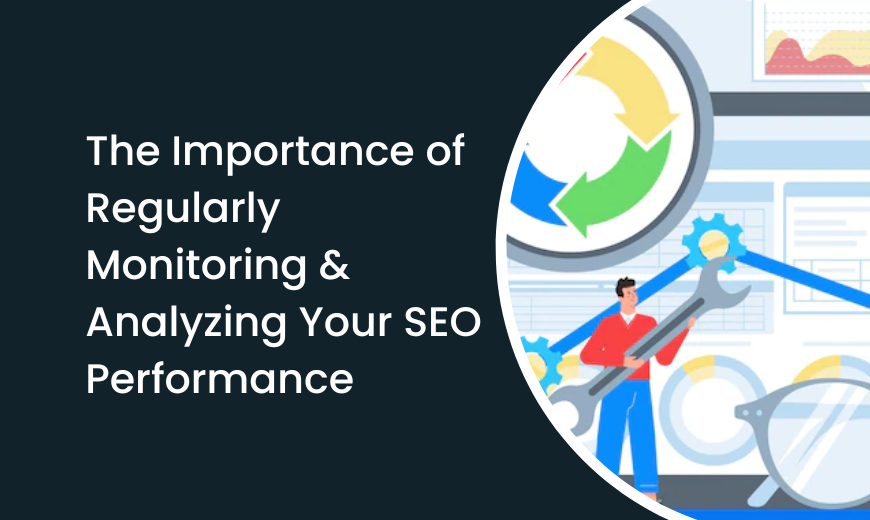
The Importance of Regularly Monitoring & Analyzing Your SEO Performance
Search engine optimization (SEO) is an integral part of any successful digital marketing strategy. But it’s not enough to just ‘set and forget’ your SEO efforts – you need to regularly monitor and analyze your performance in order to ensure that your website is performing optimally. Let’s take a closer look at why monitoring and analyzing SEO performance is so important, as well as how to go about doing it.
Why You Need To Monitor & Analyze Your SEO Performance
Regularly monitoring and analyzing your SEO performance can help you identify areas where you can improve, as well as alert you when something isn’t working correctly. This data can also give you insight into which campaigns are the most effective, allowing you to make more informed decisions about where to focus your resources for maximum efficiency and ROI. Additionally, regular analysis allows you to stay up-to-date on industry trends and adjust your strategy accordingly in order to remain competitive.
How To Monitor & Analyze Your SEO Performance
Fortunately, there are plenty of tools available that make monitoring and analyzing your SEO performance easier than ever before. Google Analytics is a great place to start – this platform can provide valuable insights into who is visiting your site, where they came from, what they do while they’re there, and more. Tools such as SEMrush or Ahrefs can also be used to track keyword rankings and organic search traffic over time, giving you an idea of which content pieces are resonating with users the most. Additionally, platforms such as Moz Local or Yext can be used for tracking local search rankings so that you know how visible you are in specific geographic regions.
User experience (UX) is an important factor for search engine rankings. Regularly monitoring your SEO performance can help you identify opportunities to improve your website’s user experience. By analyzing metrics like bounce rate, time on page, and click-through rate, you can gain insight into how users interact with her website and identify areas for improvement. This allows you to optimize your website’s design, navigation, content, and functionality to increase user engagement and satisfaction, and ultimately improve search rankings and conversion rates.
Conclusion
Monitoring and analyzing your website’s SEO performance should be an ongoing process – not something that only happens every once in a while when you remember it exists. By taking advantage of the tools mentioned above (and others), you can gain valuable insights into where improvements need to be made as well as which parts of your strategy are working best. Doing this will help ensure that your website is always optimized for maximum visibility online!
And don’t hesitate to get in touch with DigitalWebHelp if you need assistance implementing a new plan or staying current with trends—we’re always pleased to help!


